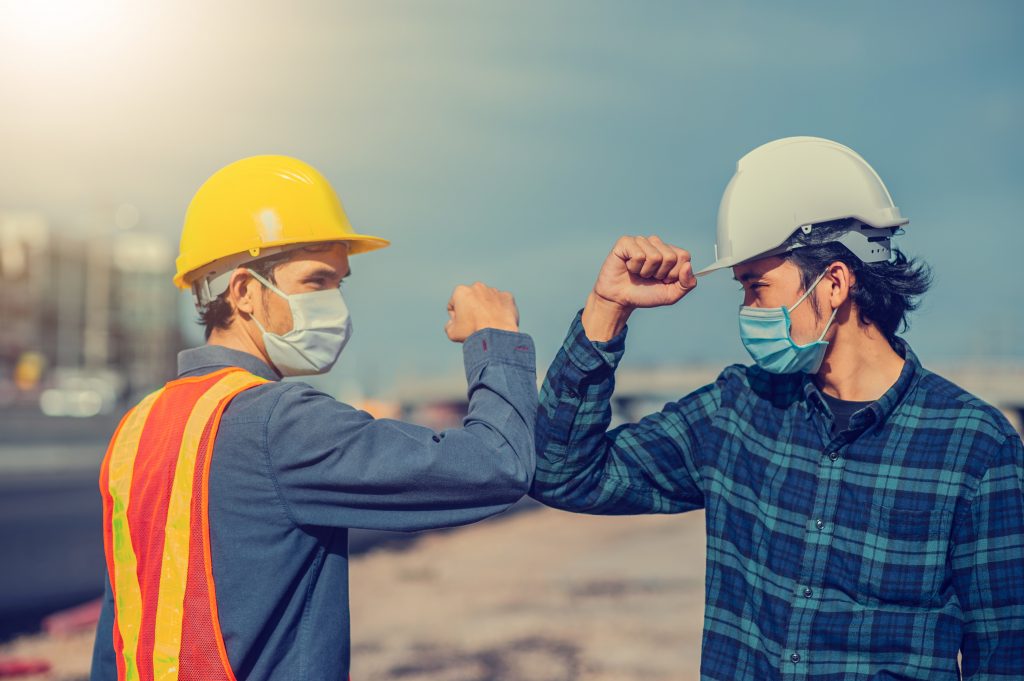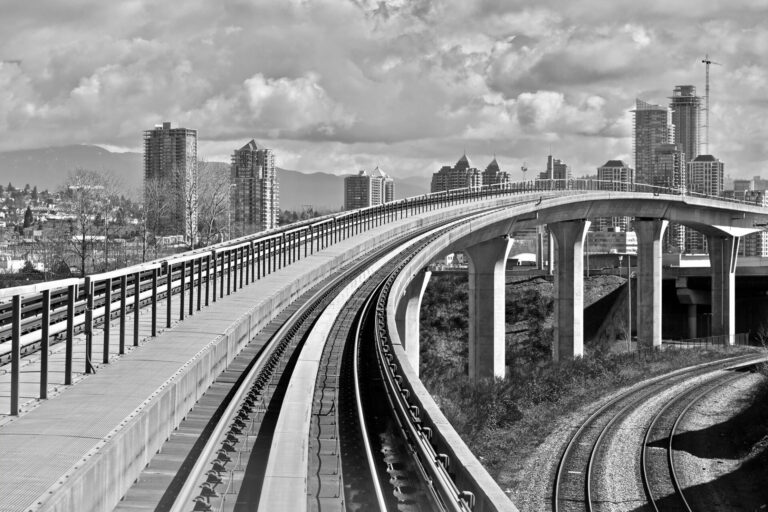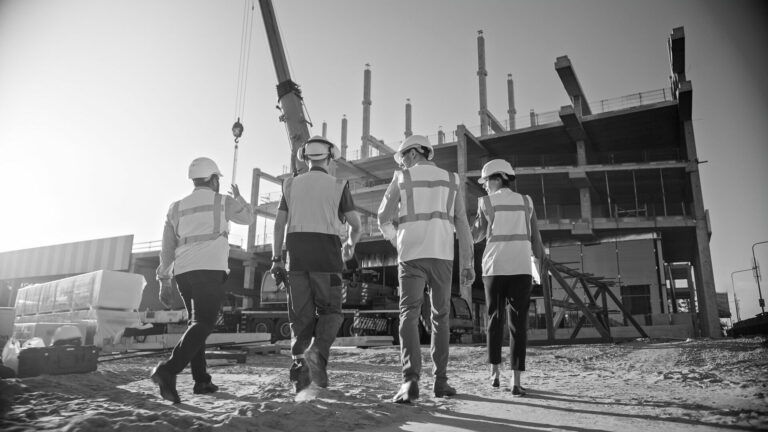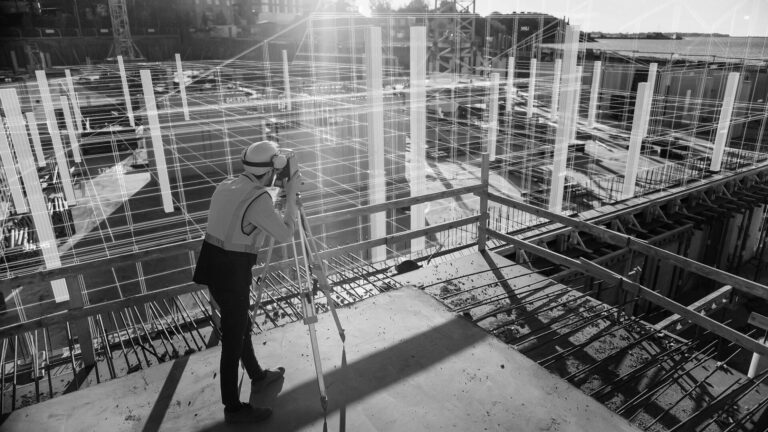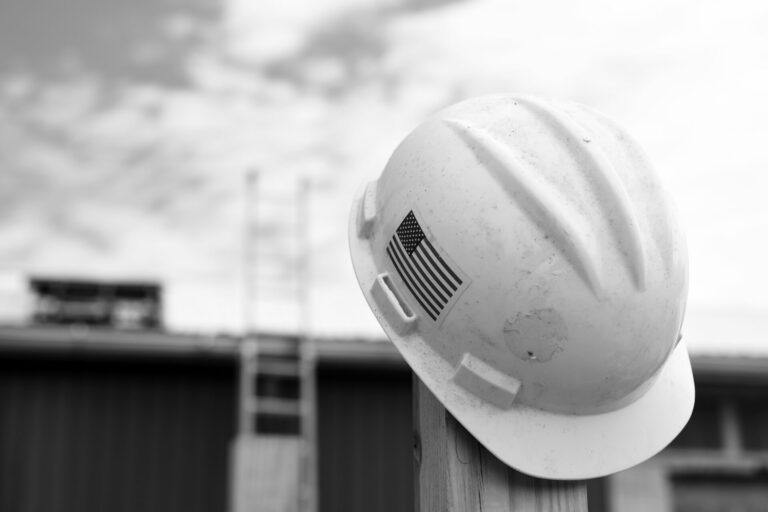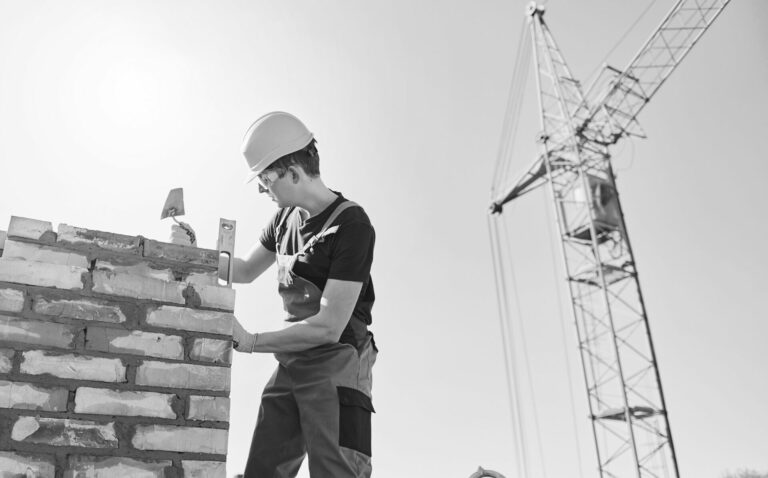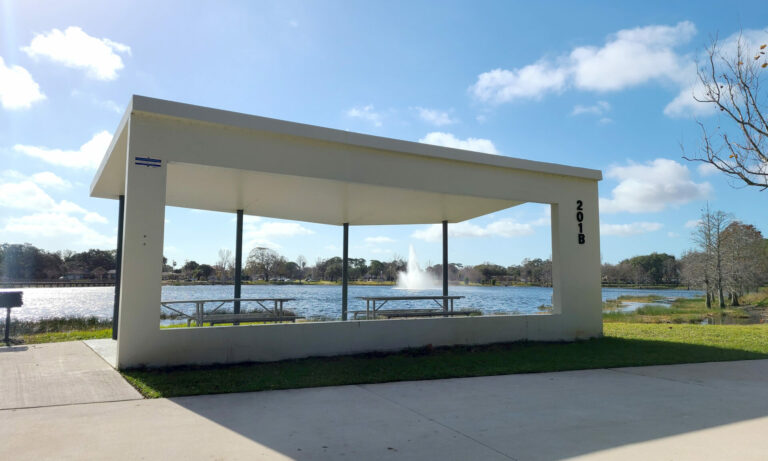While the world struggles to plan a way out of the devastating effects of COVID-19, innovative thinking and focused investment is helping to kickstart the bruised construction industry.
New York, a bristling maze of culture and food and noise and diversity is no stranger to adversity. The city is famous for much and more still and it has a community spirit rarely found in a modern city. New York is a byword for solidarity and has long been a beacon of hope through troubled times, not only to Americans, but citizens of the world. This year, that hope has been tested to its limits.
The figures make stark reading. 34,000 New York residents have lost their life since the beginning of the COVID-19 pandemic; a horrifying figure from any standpoint. The lives of every member of society has invariably been touched by this global disaster, some irreparably. The health impact, while obviously the most important, is not the only fibre of society that has been upended by COVID-19 however. Businesses across every industry have suffered huge damage. Job losses reached record highs leaving cities and towns with unsustainable levels of unemployment. New York state suffered over 1 million job losses, 700,000 of these in NYC, Westchester and Long Island.
While no industry was left untouched, the construction world drew to a stop in March, leaving many businesses and workers adrift without support. At the time, Gov. Andrew Cuomo explained that the industry, or much of it, was not permitted to continue. ‘We’re closing down nonessential construction sites,’ Cuomo said at a press conference. ‘Some construction is essential to keep the place running, but nonessential construction is going to stop.’ The need for solidarity and working towards the common good was echoed by Mayor Bill de Blasio also. ‘Anything that is not directly part of the essential work of fighting coronavirus and the essential work of keeping the city running and the state running, and any construction that is not about the public good, is going to end.’
There was a hint of respite for the industry in April when Gov. Cuomo announced that construction would reopen as part of Phase One in the plan to loosen the restrictions for New York. This phased reopening was dependent on business accepting that the previous model for construction work needed to be changed. ‘The phased re-opening will also be based on individual business and industry plans that include new measures to protect employees and consumers, make the physical work space safer and implement processes that lower risk of infection in the business.’ In addition to social distancing, these measures included temperature checks, entrance turnstiles, additional hand-washing stations and running water. The reopening had a small but positive effect on the industry. Figures released in July of this year by the Associated General Contractors of America showed that the industry experienced a gain in employment after the phased reopening in May/June. However, the overall picture was one of fragility. New York still lost more jobs in construction over the preceding 12 month period than any other city in the country.
The tentative recovery of the country’s economy would require more than a phased reopening, however. On a national level, the Moving Forward Act, a $1.5 trillion bill passed the House. This bill committed to increased spending in the areas of roads, bridges and transit options. It was a comprehensive and innovative piece of legislation which targeted a massive improvement in infrastructure throughout the country which would not only give much needed stimulus to the construction sector, it also provided a glimmer of hope that communities, particularly those in New York City could cling to and build upon. Rep. Nydia M Velázquez spoke about the positive effects the bill could have on housing construction in the city. ‘I’m pleased the ‘Moving Forward Act’ recognizes that public housing must be part of the infrastructure equation. The funds in this bill will help NYCHA make badly needed upgrades.’
“Figures released in July of this year by the Associated General Contractors of America showed that the industry experienced a gain in employment after the phased reopening in May/June.”
Around this time, investment began to re-emerge and projects started to be green lit once more in and around the city. The Vital Brooklyn initiative saw work begin on an affordable housing development as part of its $1.4 billion plan. While it is important to acknowledge that this was just one of a number of projects, it was symbolic of the need to support New Yorkers in a multifaceted way. These were not numbers or dots on a graph. They were people and the pandemic had wrought huge damage on their lives, their legacies and their immediate and long term futures. Projects such as these were positive developments for employment, construction businesses and communities. The inky darkness that had been thrown over people, from the national population down to the individual. ‘As the pandemic creates significant hardships for New Yorkers, it’s more important than ever that we expand access to safe, affordable housing during these difficult times,’ Governor Cuomo said. ‘This project is going to result in nearly 300 new affordable and supportive housing units that will help hundreds of our friends and neighbors in Central Brooklyn, and the State will continue to find ways to support the New Yorkers who need it most as we address the unprecedented challenges of today.’
While the construction industry, in tandem with the rest of the world, stutters back to life and finds its feet. The question many are asking is how they move forward from here. Fear and division are bywords for this modern time and, although the presidential race has given a result, clarity is much needed still. As part of his campaign, Joe Biden made fiscal commitments to the construction industry, promising investment in the areas of infrastructure, transit, buildings and housing. ‘We need millions of construction, skilled trades, and engineering workers to build a new American infrastructure and clean energy economy.’ How this plays out and, more importantly, how quickly it can translate to an upturn in the construction industry is of paramount importance to stakeholders.
While it seems that political will is there in some respects, it is important that New York is empowered to work itself out of the pandemic slump the construction industry now finds itself in. City Comptroller Scott Stringer was unequivocal in calling on Mayor de Blasio to build its way out of the problems facing the industry. ‘Every billion dollars in construction spending creates nearly 5,000 direct construction jobs and hundreds of other indirect and induced jobs.’ While acknowledging that there was a balance that needed to be found between spending and stimulating growth, Mr Stringer believes that New York is in a strong position to achieve this. ‘The city’s financial position obviously requires careful management, but the budgetary costs of financing the capital program are manageable,’ Stringer said in a statement. ‘We should both responsibly manage our operating budget and re-start the critical capital projects that create jobs, jumpstart our economic recovery, and invest in our city’s future.’
This joined up thinking is, many believe, vital when supporting an industry that has lost so much. With unemployment running high and uncertainty being widespread, it is important that the construction industry in New York shows its trademark solidarity. One method of collaboration and networking that could offer insight and support across the industry are trade shows. While these are currently not possible in their standard form, there has been a level of innovation used by associations to engage their members in novel and diverse ways.
The AGC New York State has been recently running a series of online seminars to prepare its members for the migration to fully online trade shows. As explained during the seminars, much background work has been done to ensure the platform is as, if not more, beneficial to attendees than in-person shows. Mike Elmendorf, President and CEO of AGC NYS shared his view on the new platform to members, ‘There are a lot of things we can do with this platform that we can’t do in person. We think that the ability to deliver different content that doesn’t require the speaker to be present might frankly be greater than what we have been able to do in the past.’ In addition to this, there are tangible data based benefits available that would have been impossible at a face-to-face event. Sarah Hill, VP of Transportation said ‘Our platform is very straightforward yet very effective. We want to be able to offer (a platform) to both the trade show vendors and the people that want to get their information out there. There are benefits that you don’t get from the in person experience. These are the analytics from the back end of your booth.’
New York has faced many challenges in the past. Few have come close to the impact that COVID-19 has had on the people and businesses though. The next few months will be a test and the outcome remains uncertain. What isn’t in doubt, however, is the spirit that runs through the people of New York. Green shoots have returned and businesses are moving forward in the only way they know how; by tacking the problem with bravery and innovative thinking. The tides are slowing; financial packages are being developed and a new president has committed to supporting the industry. Key to the industry’s survival now is adaptation.
The New Normal is a phrase that people are quick to use without much to back it up. Mike from AGC NYS is in no doubt how their members have, and continue to, adapt. ‘We have been doing Zoom meetings with our members throughout the COVID crisis. We have helped them navigate what has been an ever changing sea of rules and restrictions. I think that our industry has embraced this’.









